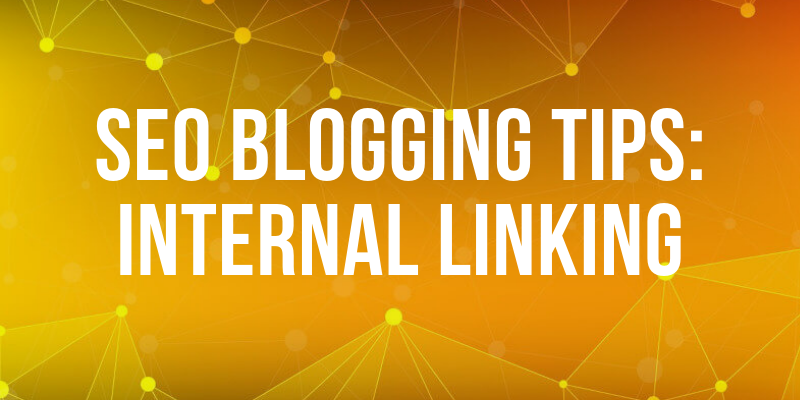Fill out our form, and we'll connect with you within 1 to 2 business days.
Phone: (925) 989-7737

In order for readers to view your blogs, it must be either shared on social media or backlinked on other sites. But when your audience arrives on the landing page of your website, how do they find your articles?
What if your new article is related to another you wrote a long time ago? Use internal linking to help boost your newer articles or bring attention to older works you’ve written that the reader might be interested in.
Internal linking is also how Google figures out how you organize what posts are related. Internal linking helps Google to decide how relevant certain pages you have are in relation to the current one. Pages with more backlinking are more valuable to search engines. A backlink means another site has referred a certain page of yours because it has content that they wish to share. This helps build authority for your own blogs, which boosts their rankings on Google. For Users, the lets them look through articles that have been written that are related to their search requirements. Content that is relevant to your audience is more likely to be read and shared.
As stated in our article on how to optimize your blog for SEO, it all begins with having good content to share with others. Know what you are trying to sell to your audience, whether its a product or knowledge on a certain topic.
Once you hammer that down, focus your blogs on these few topics. Use Google Analytics to help you figure out the content your audience is looking the most forward to, and continue writing. The first steps to linking content require having some – but make sure it’s well researched and readable.
Once you have enough content, make sure to only share related articles in your blog posts. If you had a blog about cats but wanted to link an article about dogs – it wouldn’t seem too relevant. If funny animal memes were the topic, having cats and dogs as related articles make more sense. You can use long tail keywords to help you find what articles should be linked to your current blog.
Google’s related links at the bottom of their search engine can help you decide what other search queries your audience look for. They are great for finding keywords for SEO. This option is also useful for deciding what kind of related articles you would like to share on your blog.
Some plugins for Word Press such as Yoast SEO have premium features which help suggest your own content for linking.
While Google doesn’t have a specific number maximum of how many links you should have within your article. But the short answer is to try not to overdo it. You can always link more articles in future blogs – so save your trigger-linking fingers for another day! There are ways for your audience to get to your other blogs. Using categories and tags to organize your articles helps your readers find other relevant posts without having to rely on your internal linking processes.
Internal Linking for SEO may seem difficult at first. But once there is enough content to start, the rest is pretty common sense. Nothing stops you from going back to older posts and adding links to newer articles either. So relax, and happy posting!
Featured Image by Денис Марчук from Pixabay